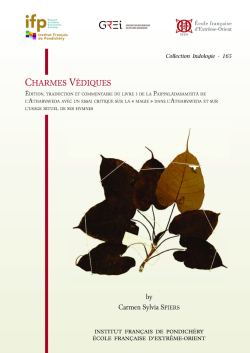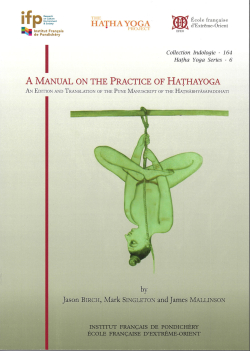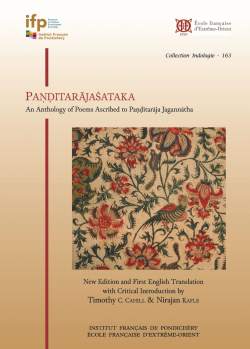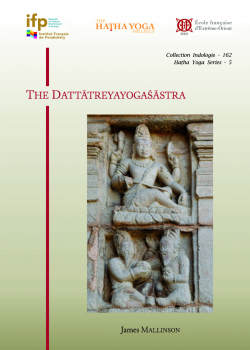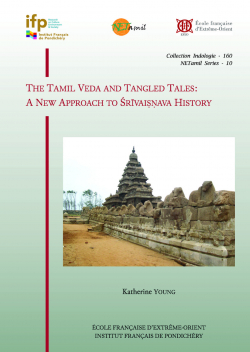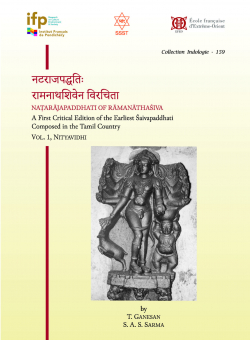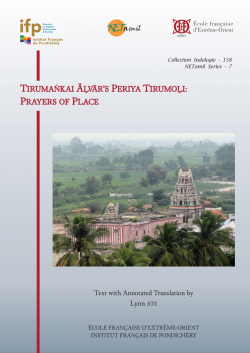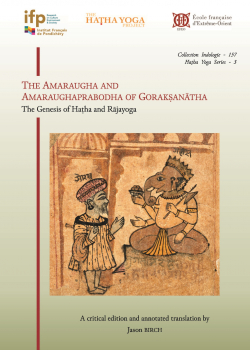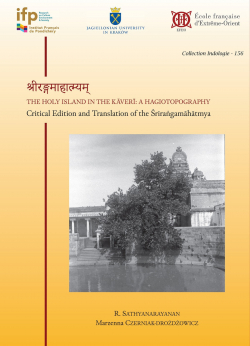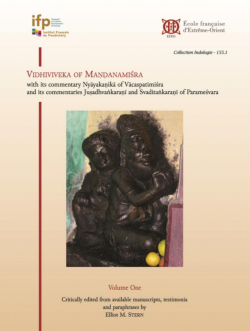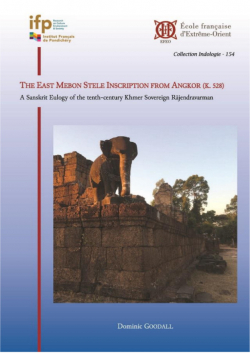The catalog of EFEO Publications includes works on a wide range of disciplines in the humanities and social sciences (archaeology, history, anthropology, literature, philology, etc.), centered on Asia, from India to Japan.
These publications address both specialists, and a wider public interested in Asian civilizations and societies.
Śaiva Rites of expiation
A First Edition and Translation of Trilocanaśiva’s Twelfth-century Prāyaścittasamuccaya
Collection : Collection Indologie
Collection's number: 127
Edition: EFEO, Institut français de Pondichéry (IFP)
Publication date: 2015
Status : Available
52,00 €
ISBN-13 : 978-2-85539-218-9
ISSN : 0073-8352
Width : 18 cm
Height : 25 cm
Weight : 1,35 kg
Number of pages : 652
Distributor : EFEO Pondichéry Contact : shanti@efeo-pondicherry.org, distributeur online : scholarswithoutborders@gmail.com, distributeur Chennai : jibh.rkc@gmail.com
Geography : India
Language : English
Place : Pondichéry
Support : Papier
Abstract
Rites of expiation and reparation (prāyaścitta) may not seem central to the history of the Mantramārga, but they provide a fascinating angle from which to view the evolution of this broad religious tradition. Instead of focussing on the evolution and philosophical defence of Śaiva doctrines, or on the examination of ritual practices and of theories developed to justify and shore up such practices, this study puts the spotlight instead on social dimensions of the religion. This book contains a first edition and translation of a South Indian compendium of Śaiva expiation rituals compiled by Trilocanaśiva, a twelfth-century theologian celebrated for his Siddhāntasārāvalī, a metrical treatise on the Śaivasiddhānta that is still traditionally studied in the Tamil-speaking South today. Trilocana does not reveal the sources from which he quotes, many of which are lost to us, but an earlier Northern treatise on the same theme from Malwa by a certain Hṛdayaśiva consists only in large labeled quotations, typically whole chapters, from those sources. A Nepalese palm-leaf manuscript kept in Cambridge that is dated to 1157 AD may be the earliest surviving codex to transmit Hṛdayaśiva’s text and we have included a complete transcription of that manuscript as an appendix. A combined quarter-verse-index helps readers to navigate both Trilocana’s and Hṛdayaśiva’s works. Our introduction attempts to trace the social developments within the Śaivasiddhānta that give context to the evolution of Śaiva reparatory rites.
Notes
You can also order this title with our Pondicherry center at the following address:
shanti@efeo-pondicherry.org
Or with the French Institute of Pondicherry at the following address:
library@ifpindia.org
Orders to India must be placed with our center in Pondicherry or the French Institute of Pondicherry.

